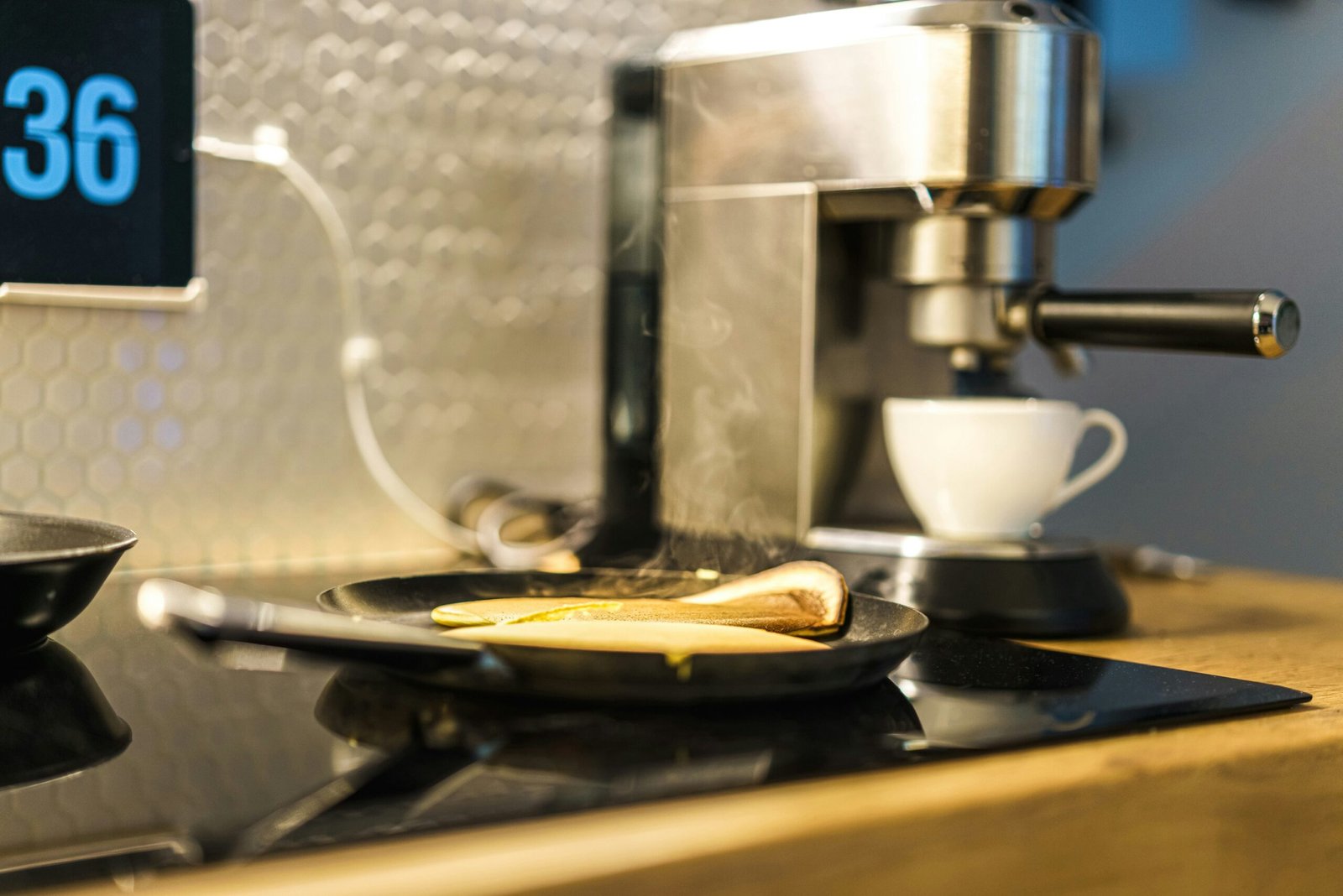Have you ever wondered why your coffee tastes just “okay” even when you buy premium beans? The truth is, great coffee doesn’t just depend on the beans—it’s about how you brew them. Small adjustments in water quality, grind size, and timing can completely change your cup from flat and bitter to vibrant and joyful.
This guide will walk you through simple, science-backed techniques to help you brew better coffee at home. Whether you’re new to home brewing or an aspiring coffee enthusiast, you’ll learn how to extract the best flavors and enjoy a richer, more balanced cup every morning.
Step-by-Step Brewing Guide
Consistency is the secret to great coffee. By following a structured process, you can avoid bitterness and highlight the natural flavors of your beans. Here’s a proven step-by-step method you can try at home:
1. Measure Accurately
- Use a digital scale for precision.
- A good starting point: 1 gram of coffee for every 15–20 grams of water (about 1:15–1:20 ratio).
2. Pre-Wet for Even Extraction
- Rinse your filter with hot water to remove any paper taste.
- Lightly pre-wet the grounds to create a stable foundation.
3. Bloom the Coffee
- Pour a small amount of hot water over the grounds.
- Let it sit for about 30 seconds. This releases trapped carbon dioxide and prepares the coffee for even extraction.
4. Controlled Pouring
- Slowly pour water in a circular motion, keeping all grounds evenly saturated.
- Avoid dumping water all at once, which can cause uneven flavor.
5. Brew Time
- Aim for 2–3 minutes total brew time.
- Shorter brew = lighter body, longer brew = stronger flavor.
Pro Tip: The AeroPress is excellent for single-serve brewing, while pour-over methods like the Hario V60 give you full control over flavor.
Enhancing Flavor and Extraction
Once you’ve mastered the basics, fine-tuning the details will take your coffee to the next level.
Grind Size Matters
- Coarse grind → Balanced, complex flavors (great for French press).
- Medium grind → Bolder, fuller taste (ideal for drip or pour-over).
- Consistency is key → Uneven grind leads to over- or under-extraction.
Control the Temperature
- Use water around 185°F–205°F (85°C–96°C).
- Water that’s too hot can scorch the grounds, while cooler water may under-extract flavors.
- Example: Pouring cold milk into freshly brewed coffee instantly lowers its temperature, dulling the taste. Warm milk first for a smoother flavor.
Dial In Your Ratios
- Small changes in the coffee-to-water ratio can significantly affect taste.
- Experiment with slightly more or less coffee until you find your “sweet spot.”
Sweetness & Additions
- For sugar: pour hot coffee directly over sugar—it dissolves faster and distributes sweetness more evenly.
- For cream/milk: Add it warm to preserve the coffee’s temperature and flavor.
Essential Tools for Better Brewing
If you want café-quality coffee at home, a few simple tools can make a big difference:
- Digital scale – ensures consistent coffee-to-water ratios.
- Gooseneck kettle – gives you precise control over water flow.
- Quality manual grinder – produces consistent grind size for better extraction.
Cleaning & Maintenance
Even the best brewing method won’t help if your equipment is dirty. Oils and residue can quickly ruin the taste of your coffee.
- French press → clean after every use.
- Drip machines → descale monthly.
- Grinders → brush out grounds weekly.
Final Takeaway
Brewing better coffee doesn’t require fancy equipment or barista training—it just takes a little knowledge and consistency. By measuring carefully, controlling grind and temperature, and experimenting with small adjustments, you can transform your daily coffee into something extraordinary.
Start with one improvement—maybe adjusting your brew time or investing in a gooseneck kettle—and notice the difference in taste. Before long, you’ll look forward to your morning cup not just for the caffeine, but for the joy it brings.
FAQ: Brewing Better Coffee
What is the best water-to-coffee ratio?
Start with 1:15 to 1:20. For example, 20 grams of coffee to 300–400 grams of water.
How long should coffee steep?
About 2–3 minutes, with a 30-second bloom. AeroPress can brew faster, in about 1 minute.
What grind size should I use?
- Coarse → French press.
- Medium → Pour-over or drip.
- Fine → Espresso.
What’s the ideal brewing temperature?
Keep water between 185°F–205°F.
Which method produces the best flavor?
Pour-over (like the Hario V60) offers maximum control and clarity of flavor.
What’s the most efficient single-serve method?
The AeroPress—quick, portable, and easy to clean.


